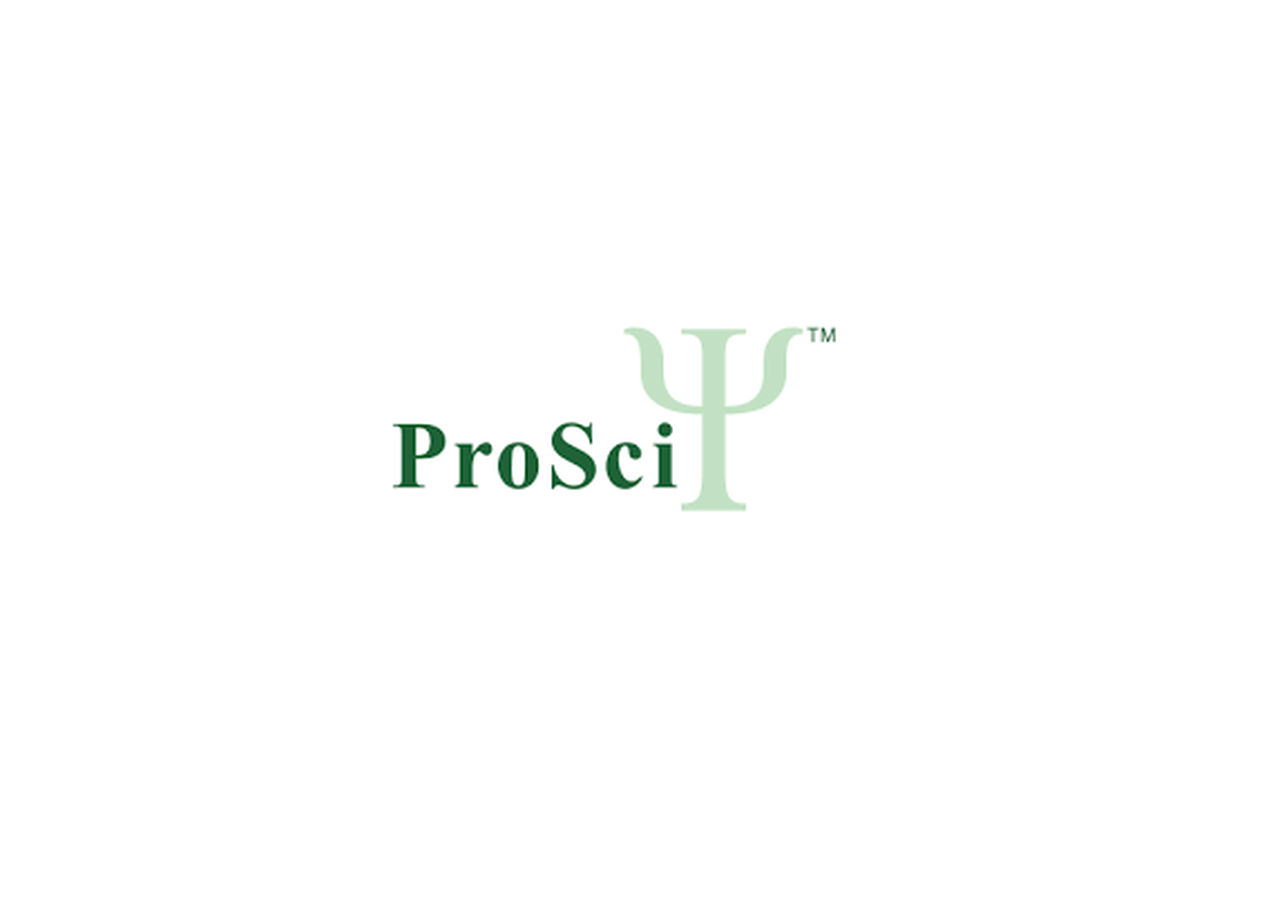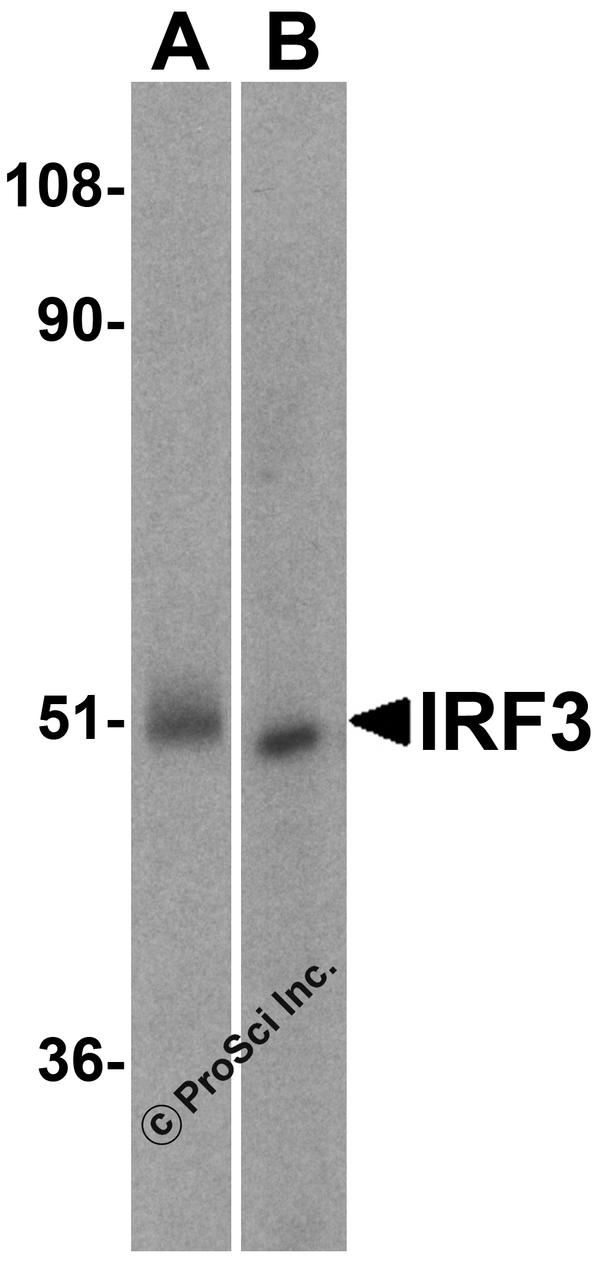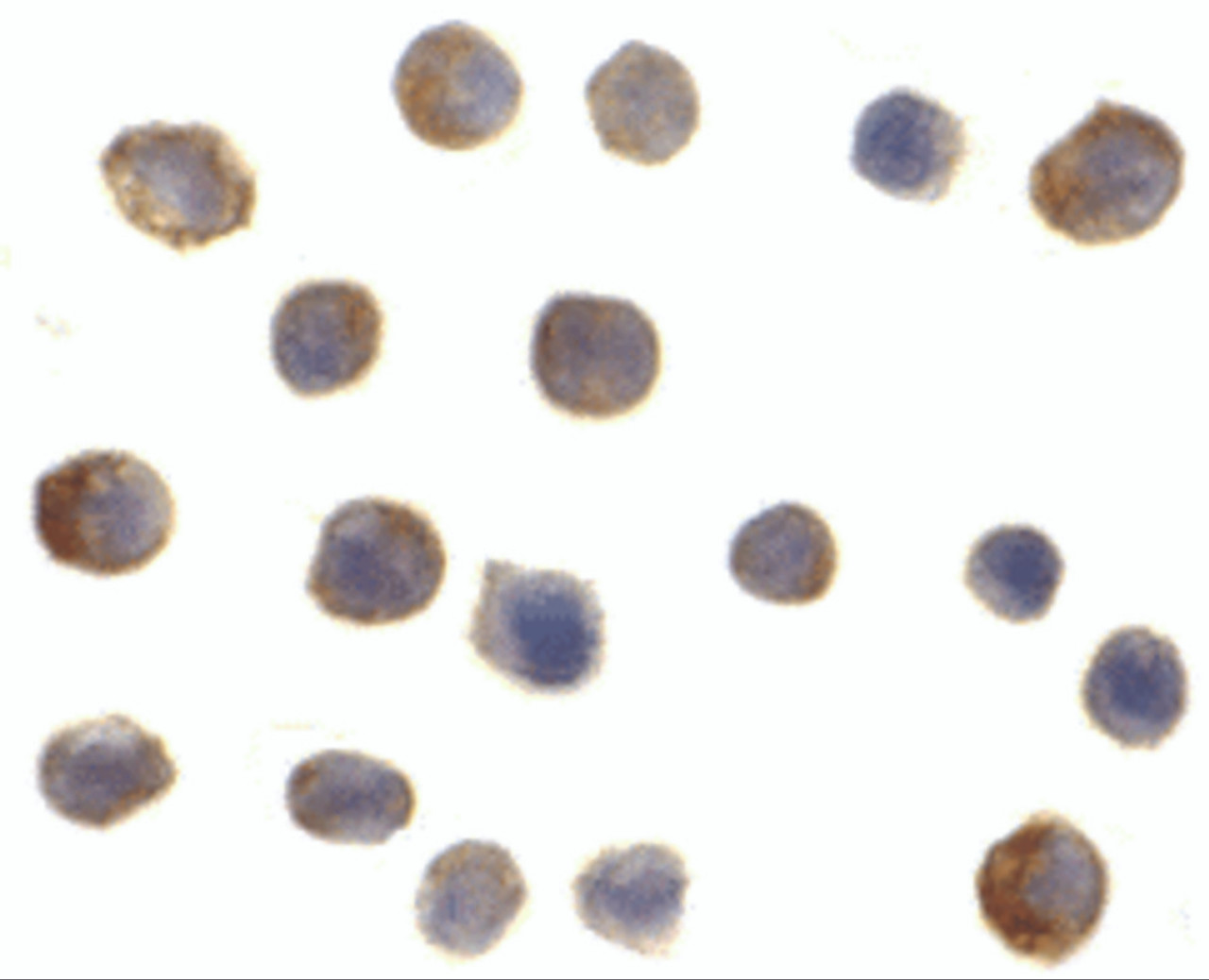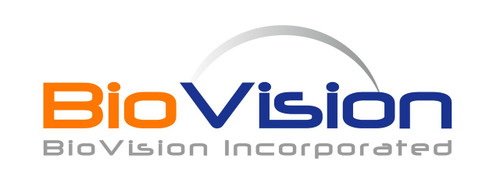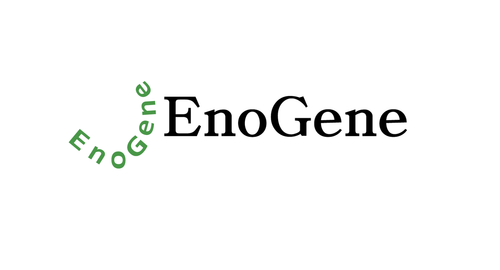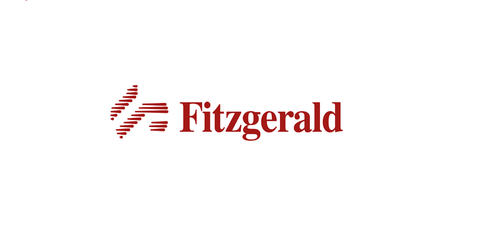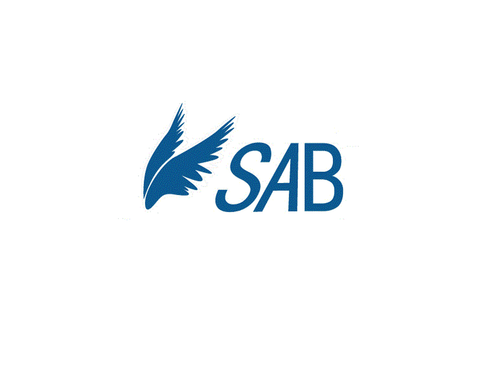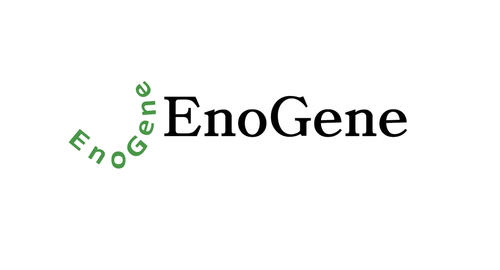Product Description
IRF3 Antibody | 3399 | ProSci
Host: Rabbit
Reactivity: Human, Rat
Homology: N/A
Immunogen: IRF3 antibody antibody was raised against a peptide corresponding to 14 amino acids near the center of human IRF3.
The immunogen is located within amino acids 150 - 200 of IRF3.
Research Area: Chemokines & Cytokines, Homeostasis
Tested Application: E, WB, ICC, IF
Application: IRF3 antibody can be used for detection of IRF3 by Western blot at 1 μg/mL. Antibody can also be used for immunocytochemistry starting at 2 μg/mL. For immunofluorescence start at 2 μg/mL.
Antibody validated: Western Blot in human and rat samples; Immunocytochemistry in human samples and Immunofluorescence in human samples. All other applications and species not yet tested.
Specificiy: N/A
Positive Control 1: Cat. No. 1305 - Human Kidney Tissue Lysate
Positive Control 2: Cat. No. 1465 - Rat Kidney Tissue Lysate
Positive Control 3: Cat. No. 1225 - Ramos Cell Lysate
Positive Control 4: N/A
Positive Control 5: N/A
Positive Control 6: N/A
Molecular Weight: Predicted: 50 kDa
Observed: 50 kDa
Validation: N/A
Isoform: N/A
Purification: IRF3 Antibody is affinity chromatography purified via peptide column.
Clonality: Polyclonal
Clone: N/A
Isotype: IgG
Conjugate: Unconjugated
Physical State: Liquid
Buffer: IRF3 Antibody is supplied in PBS containing 0.02% sodium azide.
Concentration: 1 mg/mL
Storage Condition: IRF3 antibody can be stored at 4˚C for three months and -20˚C, stable for up to one year. As with all antibodies care should be taken to avoid repeated freeze thaw cycles. Antibodies should not be exposed to prolonged high temperatures.
Alternate Name: IRF3 Antibody: Interferon regulatory factor 3, IRF-3
User Note: Optimal dilutions for each application to be determined by the researcher.
BACKGROUND: IRF3 Antibody: Interferons (IFN) s are involved in a multitude of immune interactions during viral infections and play a major role in both the induction and regulation of innate and adaptive antiviral mechanisms. During infection, host-virus interactions signal downstream molecules such as transcription factors such as IFN regulatory factor-3 (IRF3) which can act to stimulate transcription of IFN-alpha/beta genes. IRF3 is present in an inactive form in the cytoplasm of most cells. Following viral infection, IRF3 can be activated by IκB kinase-ε and TANK-binding kinase 1 (TBK1) , whereupon IRF3 translocates to the nucleus. IRF3 can also be activated by stimulation of toll-like receptor 3 (TLR3) by dsRNA. IRF3 exists as at least two distinct isoforms.
 Euro
Euro
 USD
USD
 British Pound
British Pound
 NULL
NULL

